McAllen Residents Embrace Top Dental Care on a Budget
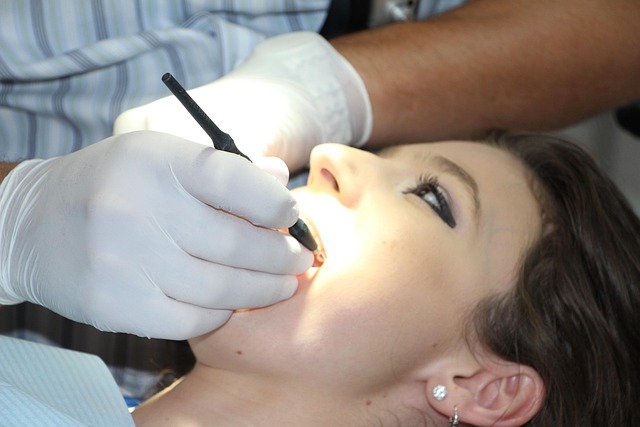
McAllen residents now have access to top dental care through practices like Top Dental McAllen, whic…….
In the realm of modern healthcare, the concept of “Top Dental MCallen” has emerged as a game-changer, revolutionizing oral care practices globally. This phenomenon refers to the integration of advanced technologies, innovative treatments, and comprehensive dental care services delivered in state-of-the-art facilities. In this article, we embark on an in-depth exploration of what constitutes “Top Dental MCallen,” its global impact, economic implications, technological advancements, regulatory landscape, challenges, and future prospects. By delving into these aspects, readers will gain a holistic understanding of this dynamic field and its potential to transform dental healthcare.
“Top Dental MCallen” is not merely a catchy phrase but a comprehensive approach that encompasses several key elements:
Advanced Technology: This includes the utilization of cutting-edge equipment such as 3D imaging, laser dentistry, and digital record-keeping systems, enhancing precision and efficiency in dental procedures.
Comprehensive Care: It involves offering a wide range of dental services under one roof, from preventive care to complex restorative treatments and cosmetic dentistry. The focus is on patient-centric care, addressing all oral health needs.
Expertise and Training: Top dental facilities invest in highly skilled and specialized dentists, ensuring patients receive the highest level of expertise. Continuous training and education are emphasized to keep up with the latest advancements.
Patient Comfort and Experience: Modern amenities, relaxing environments, and patient-friendly approaches create a comfortable dental experience. This aspect aims to reduce anxiety and promote better patient engagement.
Historically, dental care has evolved from traditional practices to incorporate more specialized services. The term “MCallen” here symbolizes the fusion of multiple disciplines under one comprehensive framework, catering to diverse oral health needs.
The influence of “Top Dental MCallen” is felt across the globe, with key trends shaping its global trajectory:
Urbanization and Growing Demand: Rapid urbanization has led to increased dental tourism, particularly in cities offering advanced dental facilities. Countries like the United States, Canada, and certain European nations have seen a surge in international patients seeking top-tier dental care.
Aging Population: The global aging population poses unique challenges and opportunities. Older adults often require specialized oral care, driving the demand for comprehensive dental services that address age-related oral health issues.
Technological Adoption: Many developing countries are embracing technological advancements in dentistry, bridging the gap between urban and rural areas. Mobile dental clinics and remote consultations are becoming more common, ensuring access to quality care.
Cosmetic Dentistry Boom: There is a growing trend towards cosmetic procedures, such as teeth whitening, veneers, and implants. This has led to a rise in demand for aesthetically focused dental services, particularly in regions with high social media influence.
The economic landscape of “Top Dental MCallen” is dynamic and multifaceted:
Market Size and Growth: According to a 2022 report by Grand View Research, the global dental services market size was valued at USD 371.5 billion in 2021 and is expected to grow at a CAGR of 6.2% from 2022 to 2030. This growth is driven primarily by the increasing adoption of advanced technologies and expanding oral care awareness.
Investment Opportunities: Private equity and venture capital firms have shown significant interest in dental technology startups, reflecting the attractive investment prospects in this sector. Innovations like teledentistry platforms and AI-assisted diagnostics are gaining traction.
Cost-Effectiveness and Accessibility: Top dental MCallen facilities often offer packages and financial plans to make advanced care more accessible. This approach not only benefits patients but also contributes to improved oral health outcomes on a societal level.
Technological innovations play a pivotal role in transforming “Top Dental MCallen”:
Digital Imaging and 3D Printing: Advanced imaging techniques, such as CBCT (Computerized Tomography), provide detailed 3D visualizations of dental structures. This aids in precise treatment planning and allows for the creation of custom-made dental restorations using 3D printing technology.
Laser Dentistry: The use of lasers in dentistry has revolutionized various procedures, including tooth shaping, gum surgery, and teeth whitening. Lasers offer improved precision, reduced recovery time, and more comfortable patient experiences.
Teledentistry: This emerging field enables remote dental consultations and examinations using video conferencing and digital imaging. Teledentistry has gained prominence during the COVID-19 pandemic and offers a cost-effective solution for providing dental care in underserved areas.
AI and Machine Learning: Artificial Intelligence (AI) is being utilized for various tasks, from predictive analytics to assist in diagnosis and treatment planning to AI-driven patient education tools. These technologies have the potential to enhance efficiency and improve clinical outcomes.
The regulatory environment plays a critical role in shaping the practices within “Top Dental MCallen”:
Licensing and Certification: Dental professionals must obtain licenses and certifications from relevant authorities, ensuring they meet specific educational and practical requirements. These regulations ensure quality and safety standards.
Data Privacy and Security: With the digital transformation of dental records and communication, data privacy laws like HIPAA (Health Insurance Portability and Accountability Act) in the US and GDPR (General Data Protection Regulation) in Europe are essential to protect patient information.
Pricing and Reimbursement Policies: Government policies regarding insurance coverage and reimbursement rates influence how dental services are priced. These policies impact both patients and providers, affecting accessibility and financial viability.
International Regulations: For international dental practices, navigating different country-specific regulations can be complex. Standardization of protocols is essential to ensure safe and consistent care across borders.
Despite its numerous advantages, “Top Dental MCallen” faces several challenges and criticisms:
Cost Concerns: Advanced technologies and comprehensive services can make dental care expensive, potentially limiting access for low-income patients. Addressing this issue requires innovative financing models and government interventions.
Regulatory Burdens: Excessive regulatory requirements may hinder innovation and slow down the adoption of new technologies. Striking a balance between regulation and progress is crucial to maintaining high standards while fostering development.
Patient Education and Trust: Educating patients about advanced dental procedures and technologies is essential for building trust. Misinformation and anxiety can deter individuals from seeking necessary care. Transparent communication and patient engagement strategies are vital.
Workforce Shortages: Specialized dental professionals, particularly in emerging fields like oral surgery and endodontics, may face shortages. Addressing this requires strategic recruitment, education, and retention plans.
The Dental Innovation Center (DIC) in New York City is a prime example of successful “Top Dental MCallen.” DIC offers a wide range of services, from routine check-ups to complex oral surgery. Their key strategies include:
Integrated Care: DIC provides all dental services under one roof, allowing for comprehensive patient care and seamless transitions between treatments.
Technology Integration: They utilize advanced lasers for gum surgery, 3D printing for customized restorations, and AI-driven diagnostic tools. This has improved precision and reduced treatment times.
Patient-Centric Approach: DIC emphasizes patient comfort with relaxing ambiance, language interpretation services, and a friendly staff, making dental care more accessible and less intimidating.
In Germany, Dental Care 2.0 is a revolutionary concept that combines traditional dental practices with modern technology. Their unique approach includes:
Teledentistry Network: They have established a robust teledentistry network, connecting patients in rural areas with specialists across Europe. This has improved access to specialized care and reduced travel costs.
AI-Assisted Diagnostics: Dental Care 2.0 uses AI algorithms to analyze dental images, aiding in faster and more accurate diagnoses. This technology is especially valuable for detecting early signs of oral cancer.
Community Engagement: The organization actively engages with local schools, promoting oral health education and providing free dental check-ups to underprivileged children.
Looking ahead, the future of “Top Dental MCallen” holds immense potential:
Personalized Medicine: With advancements in genomics and AI, personalized dental care plans tailored to individual patients’ needs will become more prevalent. This approach considers unique genetic predispositions and lifestyle factors.
Virtual Reality (VR) and Augmented Reality (AR): VR and AR technologies can enhance patient experiences during procedures, providing distractions and reducing anxiety. These immersive technologies also offer new training opportunities for dental professionals.
Oral Health Tech Startups: The rise of dental technology startups will continue to drive innovation. Focus areas include AI-driven diagnostics, wearable oral health devices, and improved teledentistry platforms.
Global Collaboration: International collaborations can lead to the sharing of best practices, technologies, and research findings. This global exchange fosters a more unified approach to dental care standards.
In conclusion, “Top Dental MCallen” represents a significant evolution in dental healthcare, combining advanced technology, comprehensive services, and patient-centric care. Its global impact is evident through rising demand, technological advancements, and expanding access to quality oral care. While challenges remain, the potential of this innovative approach is undeniable. As we move forward, continuous innovation, strategic planning, and a patient-first mindset will be key to unlocking the full potential of “Top Dental MCallen” and shaping a healthier future for dental healthcare worldwide.
Q: What sets “Top Dental MCallen” apart from traditional dental practices?
A: “Top Dental MCallen” distinguishes itself through its comprehensive approach, integrating advanced technologies, specialized services, and patient-centric care under one roof. It aims to provide a more efficient, effective, and comfortable dental experience.
Q: How does teledentistry benefit patients and dentists?
A: Teledentistry enables remote consultations, diagnosis, and even some procedures, especially in rural or underserved areas. For patients, it offers convenience and access to specialized care without travel. Dentists can reach a wider patient base and provide continuous care despite geographical barriers.
Q: Are there any concerns regarding the cost of advanced dental technologies?
A: While advanced technologies can be expensive, they also offer improved efficiency, reduced treatment times, and better outcomes. Many facilities offer financial plans and innovative payment models to make these services more accessible. Additionally, government support and insurance coverage play a crucial role in ensuring affordability.
Q: How does AI impact dental practice?
A: AI has numerous applications in dentistry, from predictive analytics for disease detection to assisting in treatment planning and even providing patient education tools. It enhances efficiency, improves clinical decision-making, and allows dentists to focus more on complex tasks.
Q: Can you explain the role of regulations in “Top Dental MCallen”?
A: Regulations are essential to ensure quality, safety, and ethical standards in dental practices. They cover licensing, data privacy, pricing, and patient rights. While regulatory burdens can be a challenge, they also provide a framework for maintaining high-quality care and protecting patients’ interests.

McAllen residents now have access to top dental care through practices like Top Dental McAllen, whic…….

In the pursuit of a confident smile, many patients seek immediate results, and in-office whitening s…….

In the pursuit of optimal oral health, a friendly team delivering exceptional dental care is more th…….
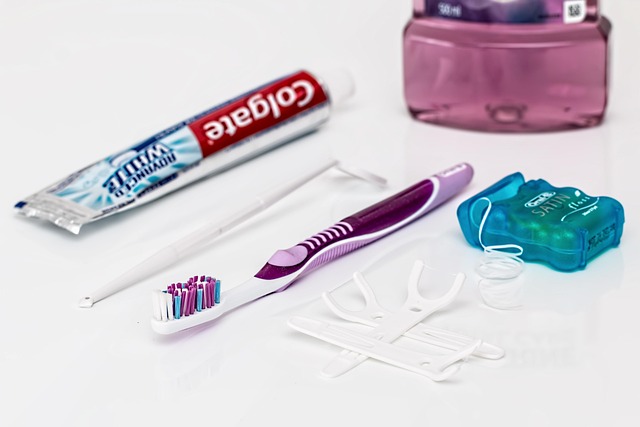
Top Dental McAllen offers comprehensive cosmetic dentistry services to enhance oral health and aesth…….
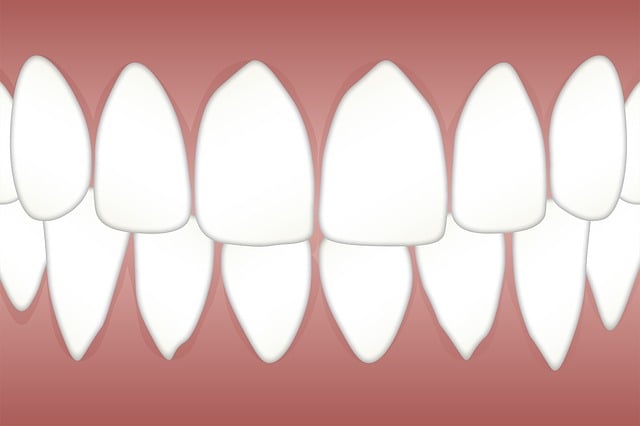
In today’s fast-paced world, prioritizing oral health is often overlooked. This neglect can lead to…….

The Top Dental McAllen clinic emphasizes the vital connection between oral health and overall well-b…….
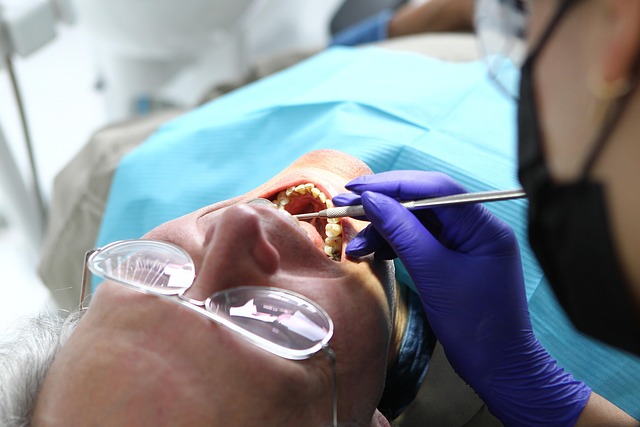
In the pursuit of optimal oral health, a convenient and accessible dental location is paramount. McA…….

McAllen residents trust Dr. Cazares for top dental care due to his compassionate team, state-of-the-…….
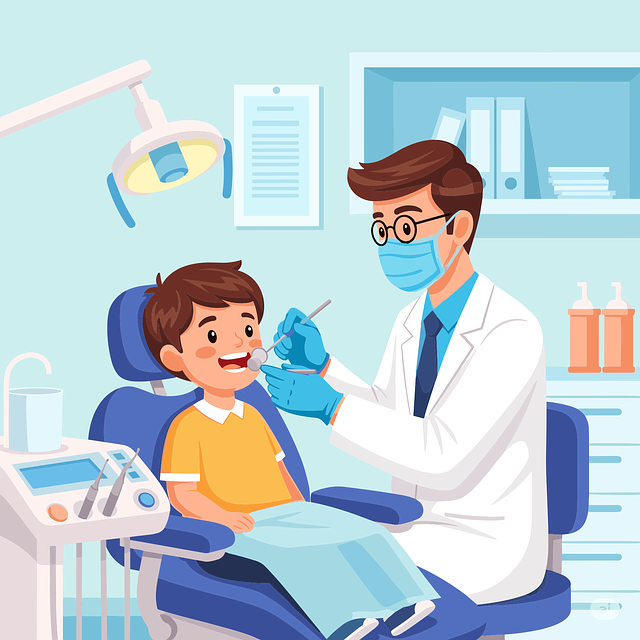
In today’s world, oral health is paramount to overall well-being, influencing everything from confid…….